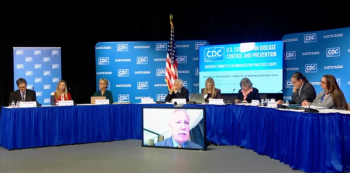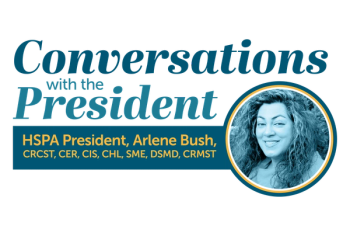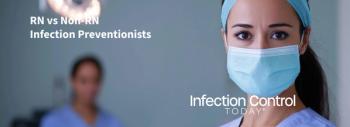
- Infection Control Today, November/December 2023 (Vol. 27 No. 8)
- Volume 27
- Issue 8
Universal Decolonization Prevents Infection/Hospitalization According to Study's Results
A study of 28 nursing homes and nearly 29,000 residents reveals that universal decolonization significantly lowered infection-related hospitalizations, offering hope for improved healthcare outcomes.
Nursing home residents face a substantial risk of infection and hospitalization, primarily due to the presence of multidrug-resistant organisms. Nevertheless, a recent study offers a ray of hope in mitigating this pressing concern. The research reveals that nursing homes employing a technique termed "universal decolonization," involving a bathing regimen that employs readily available antiseptic solutions to cleanse the skin and nasal passages, have successfully averted severe infections and significantly reduced the prevalence of antibiotic-resistant organisms within their facilities.
The study, “
Data were collected from 28 nursing homes, encompassing a total of 28,956 residents. In the routine-care group, transfers to a hospital during the baseline period were attributed to infection in 62.2% of cases (with this being the mean across all facilities). This infection-related transfer percentage increased slightly to 62.6% during the intervention period. The risk ratio between these 2 periods was essentially 1.00, with a 95% confidence interval (CI) spanning from 0.96 to 1.04.
Conversely, the decolonization group exhibited a more pronounced shift. In this group, 62.9% of transfers to a hospital during the baseline period were due to infection, but this percentage significantly decreased to 52.2% during the intervention period. The risk ratio for this shift was notably reduced to 0.83, with a 95% CI ranging from 0.79 to 0.88. Comparing the decolonization group with routine care, the difference in risk ratio was 16.6% (with a 95% CI between 11.0 and 21.8), and this difference was statistically significant (P < .001).
Examining the discharges from nursing homes in the routine-care group transfers to a hospital for any reason accounted for 36.6% during the baseline period and slightly increased to 39.2% during the intervention period. The risk ratio between these 2 periods was 1.08, with a 95% CI spanning from 1.04 to 1.12.
In the decolonization group, the corresponding figures were 35.5% during the baseline period and 32.4% during the intervention period. The risk ratio for this shift was 0.92, with a 95% CI ranging from 0.88 to 0.96. When comparing the decolonization group with routine care, the difference in risk ratio was 14.6%, with a 95% CI between 9.7 and 19.2.
The number needed to treat (NNT) was calculated to be 9.7 to prevent 1 infection-related hospitalization and 8.9 to prevent 1 hospitalization for any reason.
The study's findings contribute to a growing body of research that underscores the effectiveness of universal decolonization in preventing infections within at-risk populations within the health care system.
Articles in this issue
almost 2 years ago
Kitchen Nightmares: Health Care Foodborne Outbreaksalmost 2 years ago
Weekly Rounds: Challenging MRSA Precautions, Bug of the Month, and Morealmost 2 years ago
Chief Infection Prevention Officer: Leading the Way Into the Futureabout 2 years ago
Bug of the Month: I Like Swimming in Water and Popping Up in Foodabout 2 years ago
The Cleaning and Disinfection of Handheld Equipmentabout 2 years ago
Overcoming Challenges to Eye Device Reprocessing: A 3-Year StudyNewsletter
Stay prepared and protected with Infection Control Today's newsletter, delivering essential updates, best practices, and expert insights for infection preventionists.






